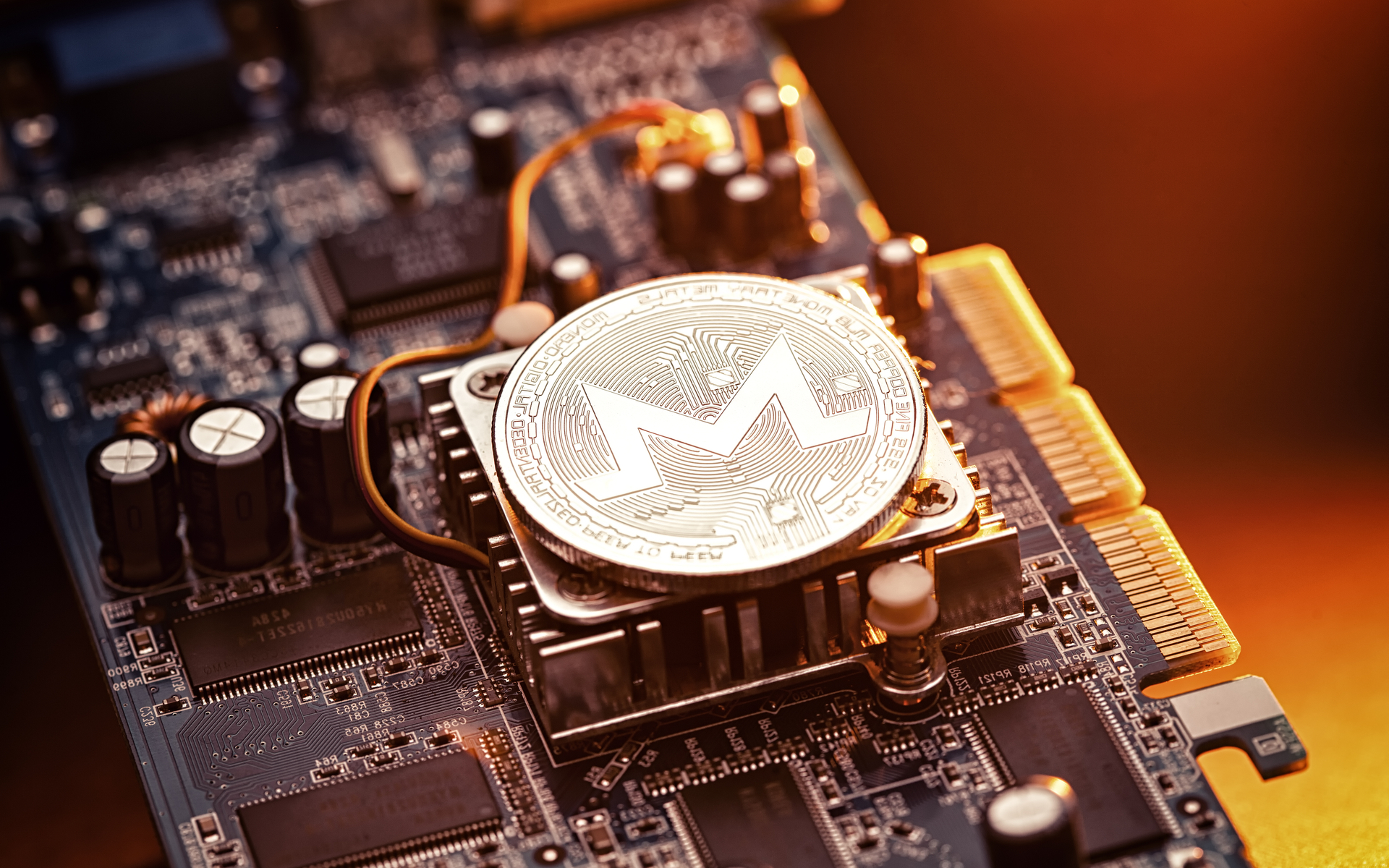Monero (XMR) has to deal with the inflow of specialized ASIC machines taking over mining on its network. After several ASIC-disabling forks, which slightly tweaked the CryptoNight mining algorithm, Monero is planning to switch to an entirely different proof-of-work algorithm to remain resistant.
Monero Plans Third ASIC-Disabling Upgrade
Toward the end of October, Monero plans an upgrade that will make the network once again easy enough to mine with CPU. The change will do away with CryptoNight and introduce the RandomX algorithm.
1/ The Monero team will soon be changing its proof-of-work consensus algorithm in late October to RandomX. The Monero developer team believes that in order for the network to remain secure, ASICs must be kept off the network.
— Jordan Clifford (@jcliff42) October 11, 2019
The Monero network shifted away from ASIC-powered mining on two occasions, in April 2018 and a year later, in the spring of 2019. For the first time, the Monero community noted a marked growth trend in mining in 2018. At first, the growth was ascribed to botnets or crypto hijacking, which harnessed multiple CPUs.
However, it turned out there were ASIC and programmable machines that could adapt to CryptoNight. After Monero disabled the ASIC, some switched to the few other coins using the same algorithm. Those include Haven Protocol (XHV), AEON (AEON), and the older Bytecoin (BCN), as well as Electroneum (ETN).
The rationale behind disabling ASIC is to return to the one CPU- one vote rule based on the Bitcoin White Paper. ASIC mining rigs are significantly more effective at mining than CPU machines, and allows a small handful of people to control a network. Not only does this create a more centralized network, but because ASIC equipment is typically expensive it also prevents miners with lower incomes from participating.
ASIC Not Really the Enemy
ASIC resistance, however, is not adopted by all projects. Ethereum (ETH) decided against a disabling fork. Other projects, like Siacoin (SC), decided on specific ASIC resistance to disable the machines by Bitmain, while favoring a native brand by the project’s founder, Obelisk.
Supporters of ASIC mining believe the large-scale operation makes coins more secure. CPU-based mining is less efficient, and in the case of Monero, may encourage more illegal mining.
XMR has met harder times with a more subdued market price. The recent ASIC-disabling fork is seen as a setback against the project, with another crash in mining predicted. The past few forks did not spell the end of the Monero project, but removed the coin from a booming mining industry. In the meantime, coins like Bitcoin (BTC) took over mining, and even Litecoin (LTC) showed significant activity.
XMR trades at $53.58, a far cry from its peak prices near $1,000. XMR is on track to slide away from the top 15 of coins, also depressed from a recent series of delistings. The anonymous features of XMR are no longer a selling point, as most exchanges require de-anonymization and increased transparency following new FATF measures.
What do you think about the change of Monero’s algorithm? Share your thoughts in the comments section below!
Images via Shutterstock, Twitter @jcliff42











